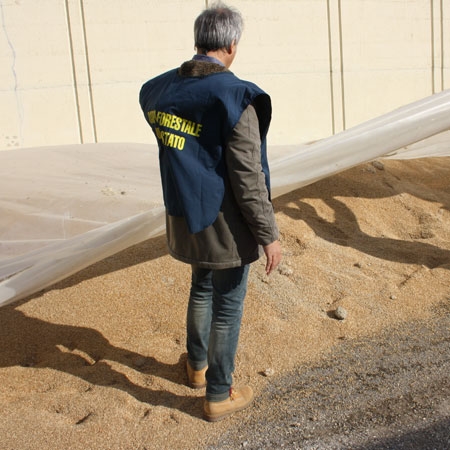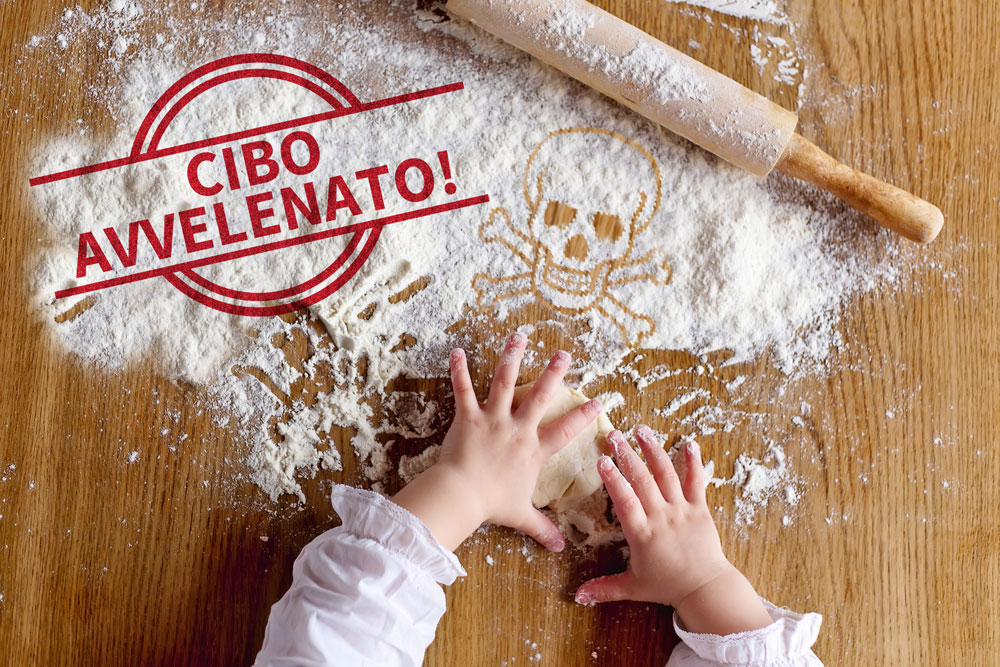Professor Franco Berrino calls The Patent White flour Italiana 00 flour the greatest poison in history.
Cereals are the basis of any food diet and therefore play an important role in the world economy. This market is held almost entirely by the food industry, which sees food not as vital nourishment but as a way of doing business, which is why flour is produced in the same way as electrical appliances.
What are the most commonly us
Indice
The Crucial Role of Grains in Nutrition and the Global Economy
Grains are the foundation of any diet and, for this reason, they play a fundamental role in the global economy. However, the food industry, often focused on the production of white flour, prioritizes profit over quality. This article delves into the production process of industrial white flour and its impact on human health.
What are the Most Used Flours in the Italian Market?
In the Italian diet, wheat flours occupy a prominent place. However, Italy does not produce enough wheat to meet domestic demand; about 65% of soft wheat and 40% of hard wheat are imported.
What Kind of Wheat Do We Import? The Disturbing Truth Behind White Flour
To keep the production costs of white flour low, Italy and other countries import a significant amount of wheat from Canada and other nations. Unfortunately, this wheat is often treated with glyphosate, a herbicide that has been classified as a “probable human carcinogen” by the International Agency for Research on Cancer. But the problem doesn’t end here: this type of wheat also has a very high content of mycotoxins, such as DON (Deoxynivalenol). Mycotoxins are among the most carcinogenic natural molecules found in nature. They can have a devastating impact on health, compromising the immune system and increasing the risk of various types of cancer.

How Is Industrial White Flour Produced? The Process that Removes Nutrients and Adds Additives
The imported wheat is initially treated to remove impurities. After this cleaning phase, the milling process begins. It is during this stage that the wheat germ, the most nutritious part of the grain, is often removed. This process eliminates not only essential vitamins and minerals but also extends the shelf life of white flour at the expense of nutritional quality. But the process doesn’t end here. To give it a pure white appearance, the flour is often bleached. Moreover, stabilizers are added to make the product consistent over time. Dough conditioners are also used to facilitate dough processing. These additives, if present in quantities below certain thresholds, are not necessarily declared on the label. However, it’s crucial to note that those who do not use additives often state this on the label as a plus. Therefore, it’s essential to read labels carefully and opt for products that explicitly declare the absence of additives.
The Vital Role of Wheat Germ in the Production of White Flour: A Nutritional Treasure Often Overlooked
Wheat germ is a nutritional goldmine, being the richest part of the grain in vitamins, minerals, and other essential nutrients. Its presence could transform white flour from a simple carbohydrate to a food full of health benefits. However, in industrial production, the germ is often removed during the milling phase to extend the product’s shelf life. It’s important to note that some industries use the label “with wheat germ” as a marketing tactic. However, in many cases, the germ is treated to extend the flour’s shelf life, thus reducing its nutritional benefits. Flour with a whole, living wheat germ will have a shelf life of only 6 months but will offer a much richer nutritional profile. Therefore, when choosing a flour, it’s crucial to check not only the presence of the germ but also its state, preferring flours that declare a whole and living wheat germ.

Hidden Additives in White Flour: A Silent Threat to Health
The additives used in the production of white flour can cause a range of health issues, from cardiovascular diseases to food intolerances and even tumors.

Beautiful Food or Good Food: Why Choose the Alternative to White Flour
If you believe that food should be more than just nourishment, then you’ll opt for natural flours like éViva, which offer a healthy alternative to white flour.
Practical Tips for a Conscious Choice of Flour, Beyond White Flour
When it comes to choosing a flour, it’s essential to be informed and cautious. Here are some tips to guide you:
- Read Labels Carefully: Make sure the flour is produced from 100% Italian wheat. This ensures superior quality and a lower chance of contamination from substances like glyphosate and mycotoxins.
- No Additives: Opt for flours that explicitly declare they do not contain additives. Additives can have negative effects on health and reduce the product’s nutritional quality.
- Type of Flour: If possible, choose flours of type 0, 1, 2, or whole. These flours are less refined and contain more nutrients compared to white flour.
- When Dining Out: Don’t hesitate to ask the restaurant or pizzeria staff what type of flour they use. This will give you an idea of the quality of the food you’re about to consume. In conclusion, industrial white flour may be convenient and inexpensive, but the price to pay in terms of health could be much higher than we think.
Don’t Compromise Your Health: Choose the Alternative to White Flour with éViva
The time has come to make a conscious choice. Choose éViva flours as a healthy alternative to white flour!

